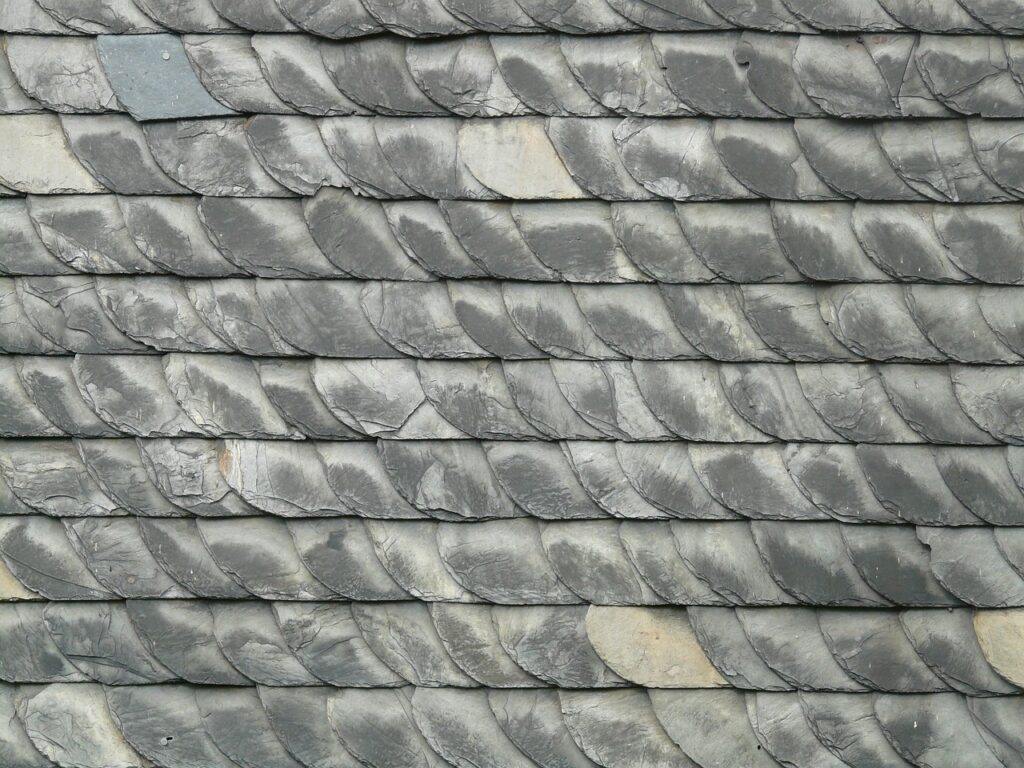As steel garages become more integrated with residential properties, homeowners are beginning to look beyond pure functionality. One popular trend is adopting slate roofing styles to bring elegance and architectural character to these practical structures. Slate roofing evokes a classic aesthetic, often associated with upscale homes and heritage buildings. Integrating this style with a steel garage bridges tradition with modernity.
Slate Roofing Aesthetics
Slate roofing conveys a sense of timelessness and quality. It is commonly seen on colonial-style houses, historic estates, and buildings with a rustic or traditional architectural flair. The natural stone appearance of slate tiles can range in color from deep charcoal and earthy brown to soft greens and purples. While genuine slate is heavy and expensive, many modern materials mimic its appearance at a fraction of the cost and weight. These synthetic or metal-based alternatives make it possible to achieve the slate look on a steel garage without compromising structural integrity.
Compatibility Between Slate Style and Steel Structure
Steel garages are designed to be lightweight and highly resistant to weather and environmental stresses. Installing natural slate on such structures can present challenges due to the stone’s weight. However, advancements in roofing materials have solved this issue. Engineered slate panels or metal shingles designed to imitate slate offer an excellent compromise. These alternatives replicate the texture and color of real slate while maintaining compatibility with steel framing. This ensures the garage roof maintains aesthetic appeal without requiring significant structural modifications.
Design Cohesion with Main Residence
A steel garage does not have to appear out of place next to a slate-roofed home. In fact, replicating the slate roof style of the main house on the garage creates architectural continuity. It enhances curb appeal and increases the perceived value of the property. Color-matching and maintaining consistent rooflines allow the garage to become an extension of the overall home design. The slate appearance softens the industrial look of steel, helping the garage blend more seamlessly into a residential setting.
Material Options for Slate-Looking Roofs
There are several materials to consider when opting for a slate roofing style on a steel garage. Synthetic slate made from rubber and plastic composites is lightweight and impact resistant. It mimics the texture and color variations of natural stone. Another option is stamped metal shingles with a slate finish. These are made from galvanized steel or aluminum and coated with stone granules or high-performance paint systems. Both alternatives are easier to install and maintain compared to traditional slate.
Durability and Weather Resistance
A major advantage of combining slate style with steel construction is the enhanced durability. Steel garages already offer superior resistance to moisture, pests, and fire. When paired with high-quality slate-style roofing, they become even more resilient. Synthetic and metal slate alternatives resist fading, chipping, and cracking under harsh weather conditions. They also handle snow loads and high winds effectively. These properties make them ideal for garages located in regions with extreme climate variations.
Cost Considerations and Long-Term Value
Traditional slate is among the most expensive roofing materials due to its weight, installation complexity, and sourcing. Opting for a slate appearance rather than real stone brings down costs significantly. Composite and metal shingles offer lower installation expenses and require less structural reinforcement. They also involve less maintenance over time. While the upfront cost might still be higher than standard asphalt shingles or corrugated metal, the longevity and curb appeal contribute to long-term value.
Installation Requirements and Best Practices
Installing a slate-style roof on a steel garage requires attention to detail. The installer must ensure proper alignment and overlap to simulate authentic slate patterns. Underlayment selection is crucial to provide a moisture barrier and enhance insulation. For composite slate, standard roofing tools are sufficient. For metal shingles, specialized fasteners and flashing systems may be needed to prevent corrosion and ensure a secure fit. Professional installation ensures the roof performs as intended and maintains its appearance over decades.
Insulation and Energy Efficiency
Steel structures can become hot or cold quickly due to their conductivity. A slate-style roof contributes to energy efficiency when paired with appropriate insulation. Many modern slate-look materials include reflective coatings that reduce heat absorption. When combined with roof vents and radiant barriers, the system helps regulate indoor temperatures. This can be particularly useful in garages used as workspaces or for storage of temperature-sensitive items.
Environmental Impact and Sustainability
Natural slate is a long-lasting material, but its quarrying and transportation have environmental implications. Synthetic slate and metal alternatives often use recycled content and are fully recyclable themselves. Their long service life reduces landfill waste. Choosing environmentally friendly slate-style materials supports sustainable building practices. This aligns with the growing trend of eco-conscious home improvement and contributes positively to a property’s green credentials.
Maintenance and Upkeep
One of the main advantages of synthetic and metal slate roofing is minimal maintenance. Unlike traditional slate, which can crack or flake, these materials are resistant to common wear and tear. Occasional inspections ensure that fasteners remain secure and debris is cleared from roof valleys. Cleaning with a low-pressure hose and mild detergent preserves the finish. Preventive care helps the slate-style roof maintain its visual appeal and protective function for many years.
Customization Options for Unique Design
Homeowners interested in personalizing their steel garage can explore numerous customization options with slate-style roofing. Color selection plays a significant role. From uniform charcoal to multicolored blends, choices can reflect personal taste or complement existing structures. The shape and pattern of the shingles also affect the final look. Some products mimic traditional rectangular slate tiles, while others offer scalloped or diamond designs. These details allow each steel garage to stand out as a distinctive yet cohesive element of the property.
Combining Form with Function
The slate roofing style provides more than aesthetic enhancement. It also serves practical purposes. Its layered installation sheds water efficiently, reducing the risk of leaks. Its fire-resistant properties offer an additional safety layer. When combined with quality underlayment and flashing, the slate-style roof contributes significantly to the overall performance of the steel garage. This balance of form and function is central to modern architectural preferences.
Regional Suitability and Climate Adaptation
Slate-style roofs adapt well to various climates. In colder regions, they prevent snow buildup through smooth surfaces and strong support. In warmer areas, reflective coatings mitigate heat gain. Homeowners should consider local weather patterns and select products accordingly. Proper ventilation and drainage systems further enhance climate adaptation. The right roofing choice transforms the steel garage into a year-round utility space that withstands environmental demands.
Enhanced Property Aesthetics
Curb appeal often determines first impressions. A steel garage with a slate-style roof enhances the visual harmony of a property. It reflects intentional design and elevates the look from utilitarian to elegant. Real estate professionals acknowledge the influence of exterior aesthetics on property value. The refined appearance of a slate-style roof can attract potential buyers and increase marketability. It also complements landscape design and architectural elements, creating a cohesive outdoor experience.
Making the Right Choice
Deciding to install a slate roofing style on a steel garage involves weighing aesthetics, function, and cost. Homeowners should assess their goals, budget, and the surrounding environment. Consulting with roofing professionals helps clarify material options and installation requirements. Seeing physical samples and completed projects offers inspiration and confidence. A well-informed decision ensures satisfaction and maximizes return on investment.
Future-Proofing with Timeless Design
Trends come and go, but slate-style roofing maintains a classic appeal. Its association with enduring architecture makes it a safe choice for those looking to future-proof their investment. Steel garages with slate-style roofs resist obsolescence and continue to perform structurally and visually across decades. They accommodate changing property uses and design updates without losing relevance. In a world of fast-changing design fads, slate roofing style offers lasting elegance.
Conclusion
Slate roofing style transforms a basic steel garage into a visually pleasing and functionally superior structure. It bridges industrial strength with architectural charm. Modern material innovations make it accessible and compatible with steel framing. From installation to long-term maintenance, slate-style roofs enhance the usability, efficiency, and appeal of steel garages. Choosing this option reflects a commitment to quality, design integrity, and lasting value.

